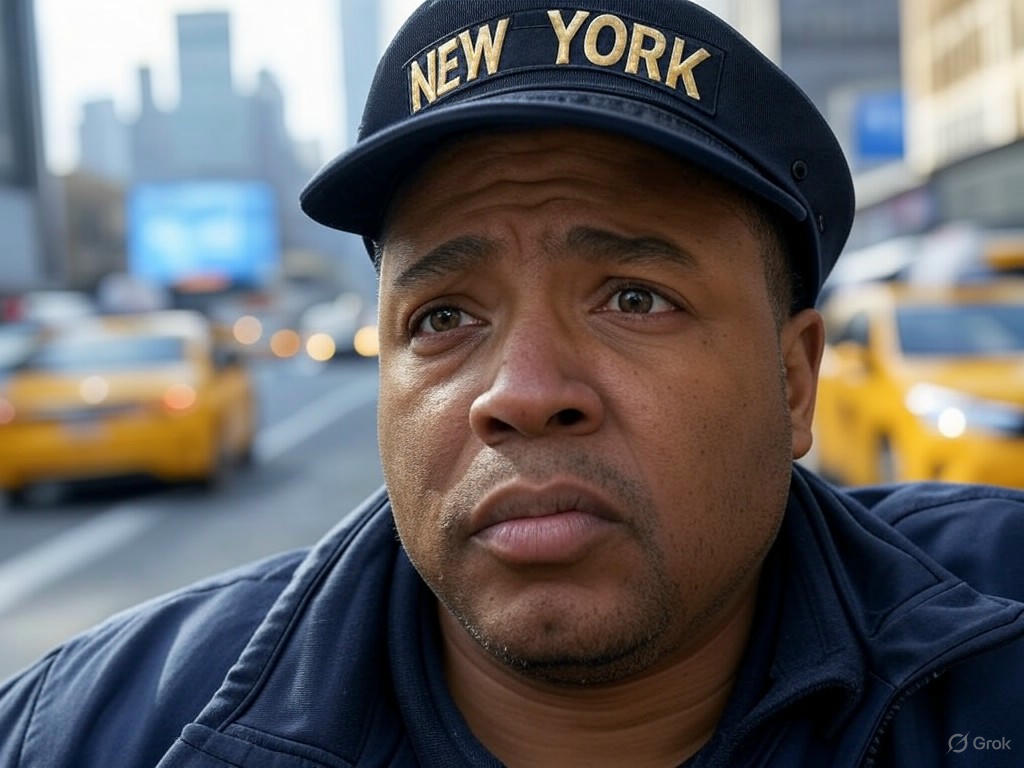The iconic yellow taxis of New York City, long a symbol of the bustling metropolis, are facing an unprecedented challenge. As Waymo, a pioneer in autonomous vehicle technology, prepares to roll out its driverless taxis in the Big Apple, traditional cab drivers are grappling with fears that their industry may soon become obsolete. For many of these drivers, who have spent years navigating the city’s chaotic streets, the arrival of self-driving cars represents not just a technological shift but a direct threat to their way of life.
The anxiety among NYC cab drivers is palpable. Many have invested significant sums in medallions—licenses required to operate a taxi—that were once seen as a secure path to financial stability. However, with the rise of ride-sharing apps and now the looming presence of autonomous vehicles, the value of these medallions has plummeted. Drivers worry that Waymo’s driverless taxis, which promise lower fares due to the elimination of human labor costs, will lure customers away from traditional cabs. The personal connection that drivers often build with passengers, sharing stories or local insights, is something a robot car cannot replicate, yet convenience and cost often trump sentimentality in a fast-paced city like New York.
Waymo’s push into NYC comes as part of a broader trend of automation reshaping urban transportation. The company, backed by Alphabet, Google’s parent company, has already tested its autonomous vehicles in cities like Phoenix and San Francisco with promising results. Their technology relies on advanced sensors, cameras, and artificial intelligence to navigate complex environments, avoiding pedestrians and adapting to unpredictable traffic patterns. Proponents argue that driverless taxis could reduce accidents caused by human error, lower traffic congestion, and provide a more sustainable option by optimizing routes. For a city as dense and dynamic as New York, these benefits are hard to ignore. Yet, the human cost of this innovation remains a pressing concern.
For cab drivers, the future feels uncertain. Many are immigrants who rely on taxi driving as a primary source of income to support their families. The prospect of retraining for other careers is daunting, especially for older drivers who may struggle to adapt to new industries. Some have called on city officials to impose stricter regulations on autonomous vehicles, arguing that a sudden influx of driverless taxis could devastate their livelihoods overnight. Others hope that a hybrid model, where human drivers and autonomous vehicles coexist, might offer a temporary reprieve.
As Waymo gears up for its NYC debut, the clash between technological progress and human tradition is coming to a head. The streets of New York have always been a battleground for change, from the introduction of subways to the rise of app-based rides. Whether the city’s iconic yellow cabs can weather this latest storm remains to be seen, but for now, drivers are bracing for a future that may leave them behind.
